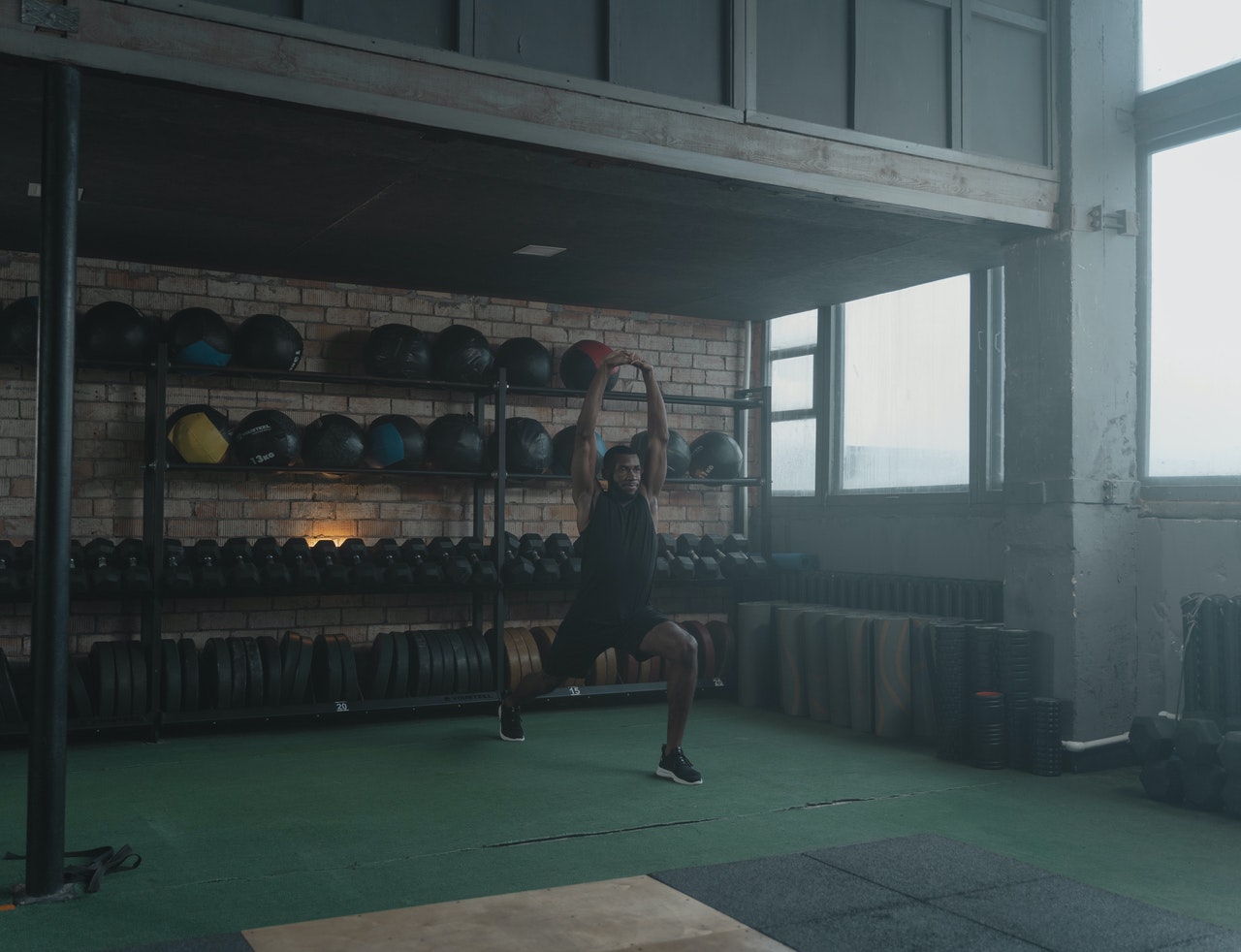In the spring of 2021, many people were optimistic that the end of the pandemic was in sight. However, the summer brought a resurgence of cases, and people started to take more precautions again. What does this constantly changing situation mean for the fitness industry?
Many types of businesses shut down or implemented limitations during the early days of the pandemic, and gyms and fitness centers were no exception. No sooner were they starting to re-open without mask-wearing or social-distancing guidelines than they were re-imposing restrictions in the name of safety. What long-term implications will this disruption have on the future of gyms?
The Case for Gyms
There are many reasons to go to a gym for your workout. Some of them are social, and others are physical. Either way, the benefits are undeniable.
1. Gyms can provide professional expertise for your workout.
Whether you’re working with a personal trainer or taking a fitness class, the person leading your workout will be trained in the latest techniques and trends. This can help ensure you use proper form, thus avoiding injury, and it can help you customize your workout to your specific needs. Rather than guessing about the best workout, you can rely on experts.
2. Gyms can introduce you to new forms of exercise.
Whether finding out about HIIT or discovering new isometric exercises, a gym can provide you with valuable information about different types of exercise you might not have heard of otherwise. This could help you find the perfect workout for achieving your personal fitness goals.
3. Gyms provide a social outlet that is good for your mindset.
Isolation can cause mental health problems, and surrounding yourself with other people as you exercise is one way to ensure you get your needed daily dose of interaction. Furthermore, if you surround yourself with other people as you exercise, you can find inspiration in their workout successes, helping you establish the growth mindset that tells you that if other people can succeed through hard work, so can you.
The Case Against Gyms
Despite the benefits gyms can provide, during the pandemic, many gyms have had no choice but to close, whether temporarily or permanently, or at least make significant changes to the services they provide. The health risks posed by being in close contact with people who might be spreading disease have been too dangerous for gyms to continue with business as usual. Innovations have popped up in the meantime, but what are they, and what do these changes mean for gyms?
1. High-tech home exercise machines are convenient.
Some home equipment is as advanced if not more so than what is found in a gym. As an AP News report noted, with this advanced equipment located in your home, you can avoid the inconveniences of driving to the gym, showering in a public place, and bringing a change of clothes with you before heading to work. For the many people working from home, the convenience of also exercising at home is unmatched.
2. Virtual fitness classes and personal training provide needed expertise.
As the AP News report explained, during the pandemic shutdowns, some gyms have been able to shift to providing fitness classes and personal training online. This means clients can benefit from their instructors’ and trainers’ knowledge without leaving their homes. This could spell a long-term change for the business model behind gyms, where instead of large spaces filled with equipment and spacious workout rooms, instructors could rent small office spaces to transmit their lessons virtually and meet one-on-one with their clients online.
3. Socialization through fitness is possible online.
For those who enjoy the gym experience for its socialization opportunities, the same can be achieved online. Through virtual fitness classes, you can maintain social bonds with your instructor and classmates, and through virtual personal training, you can receive close attention from your trainer even when meeting online. Why go through the hassles of going to the gym when you can get similar benefits virtually?
Planning for the Future
It remains to be seen what the future holds for gyms. Perhaps a mix of virtual and in-person exercise will become the norm, or perhaps the fitness industry will go 100 percent virtual as other industries have. On the other hand, people may find that the virtual experience isn’t up to par.
As you think about the future of exercise in your own life, you can plan for what may come by focusing on your priorities. You can also determine how flexible you can be about where and how you achieve your fitness goals. That way, you can be ready for whatever happens.

